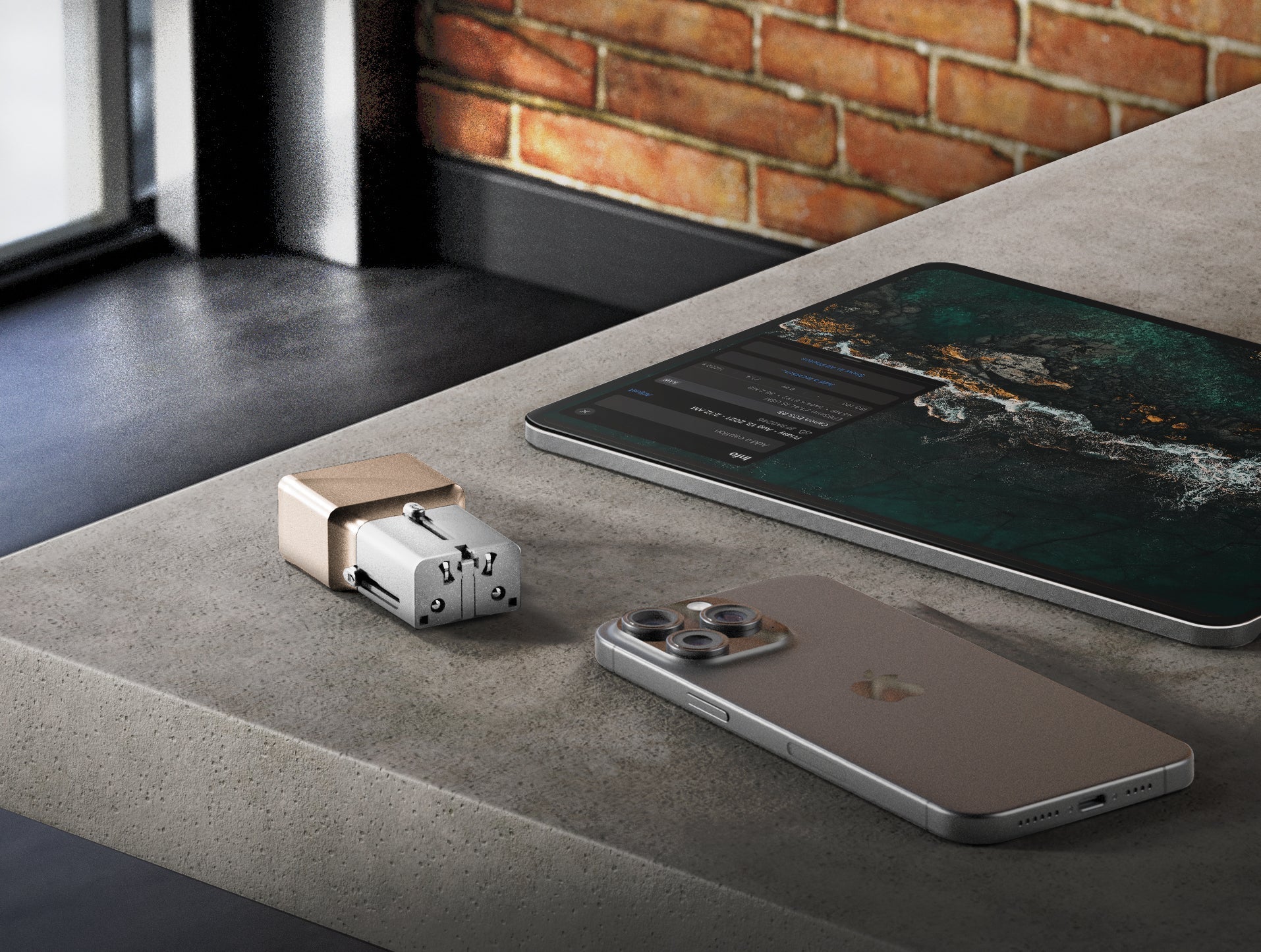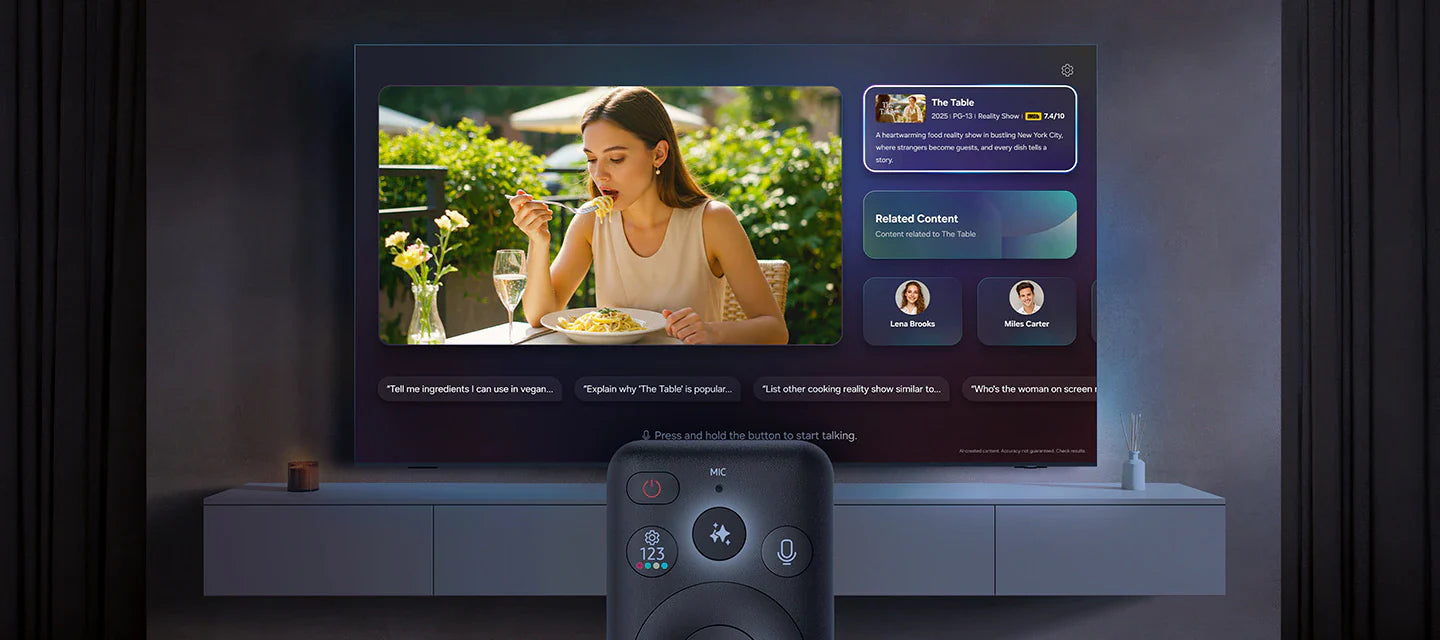
In 2025, AMOLED (Active-Matrix Organic Light-Emitting Diode), a subset of OLED, will dominate flexible displays with 75% phone market share(vs. OLED’s 85% overall), boasting sub-1ms response timesf...
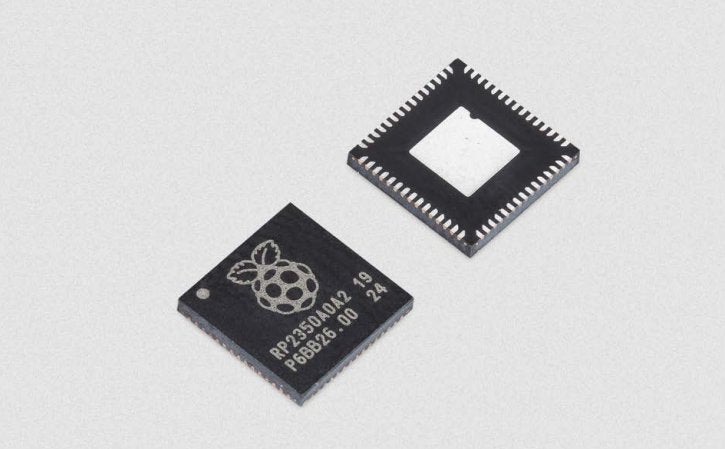
NexPCB provides robust support for display modules, catering to LCDs, OLEDs, and e-paper displays ranging from 0.96-inch small panels to 10.1-inch larger ones. Collaborating with 20+ verified suppl...
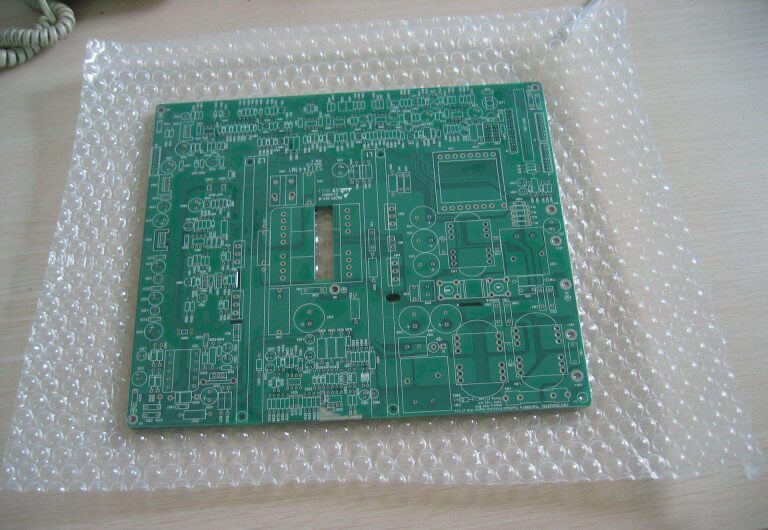
NexPCB ensures display modules ship safely by first sealing them in anti-static bagsto block static, then wrapping in thick EPE foam for shock absorption, before sliding into reinforced corrugated ...
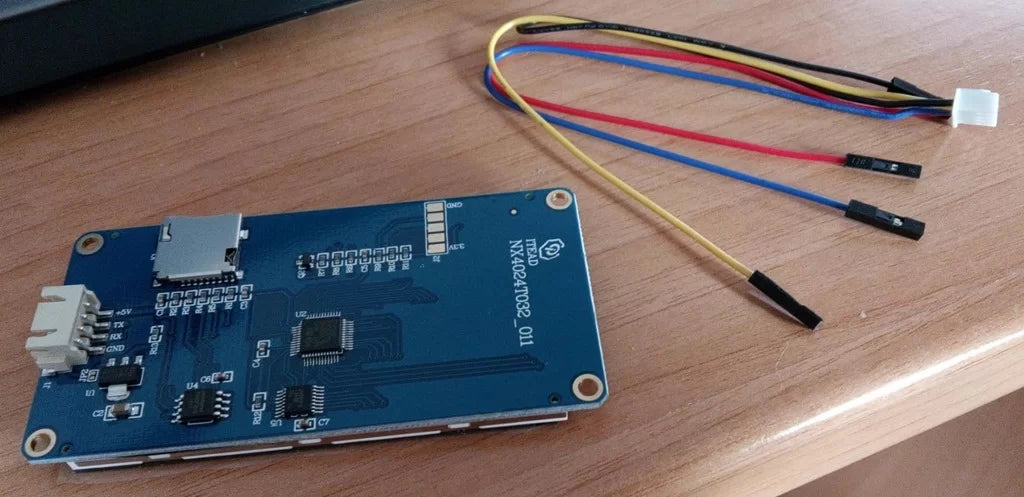
To verify NexPCB display modules’ authenticity, cross-check the unique 12-digit serial numberon the label via NexPCB’s official website—genuine ones show 98%+ match in database records. Inspect pac...
When buying a standard adapter, prioritize matching voltage/current(e.g., 5V/2A for basic phones, 9V/2A for fast charging) and interface compatibility, Micro-USB, or Lightning. Check for safety cer...
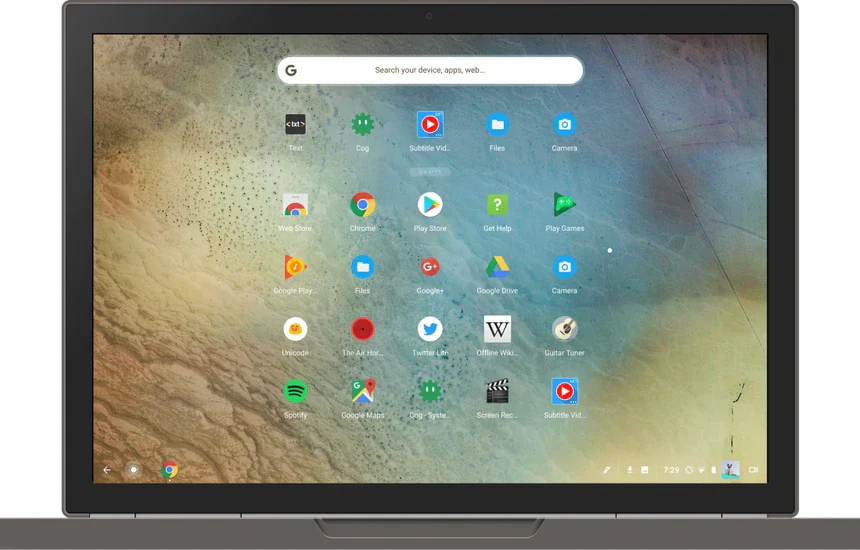
COG (Chip-on-Glass) LCD modules are most widely used in smartphones (over 60% of mid-range models), wearables (like fitness trackers, with 400+ million units shipped yearly), and industrial display...
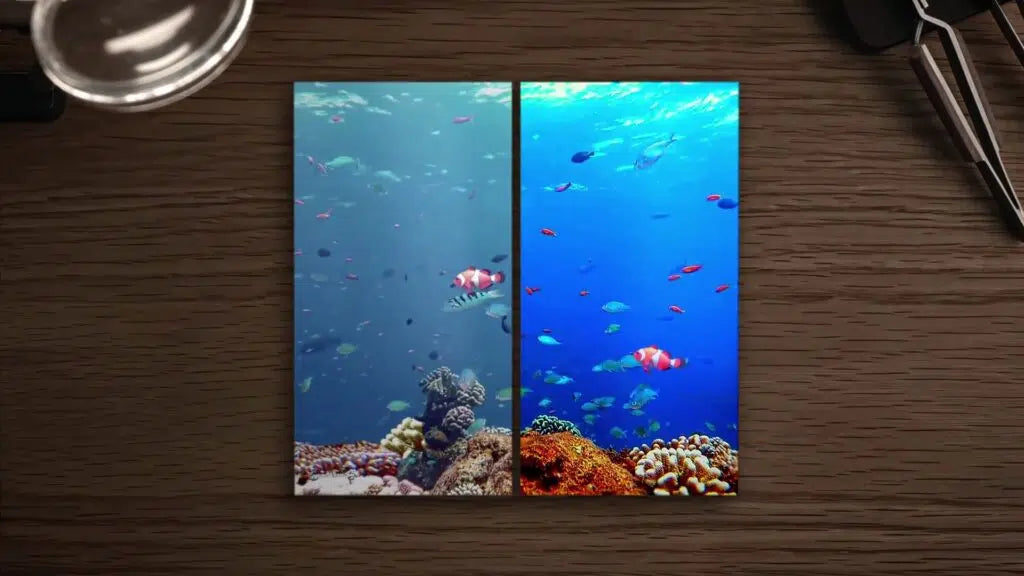
To effectively reduce the power consumption of an AMOLED module, the primary strategy is to minimize the illumination of pixels since black pixels are completely off. A significant action is to imp...
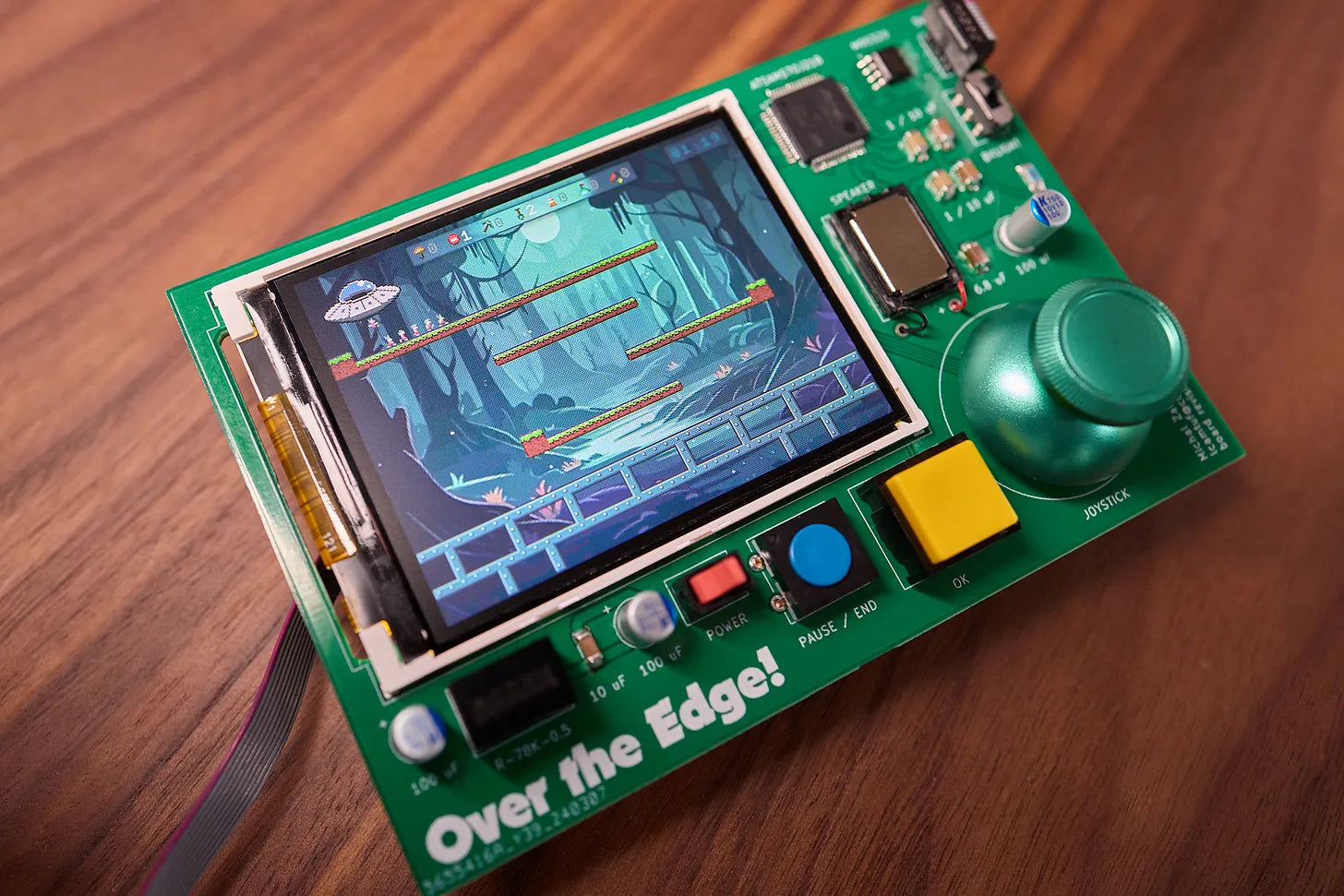
For gaming, TFT LCD outperforms Graphic LCD: it boasts 16.7 million colors(vs. Graphic LCD’s 8-bit, ~16k hues) and 10ms response time(vs. 50ms+), slashing blur; its higher refresh rates (60Hz+) kee...
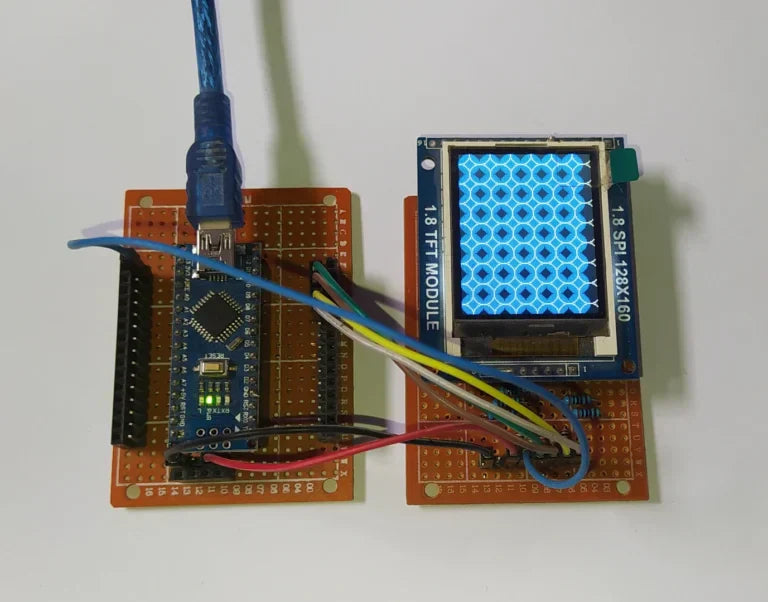
For beginners starting with display modules, begin with affordable, user-friendly options like 0.96-inch OLEDs (128x64 pixels, ~$2), which use a simple I2C interface(4 pins) for easy connection; pa...


